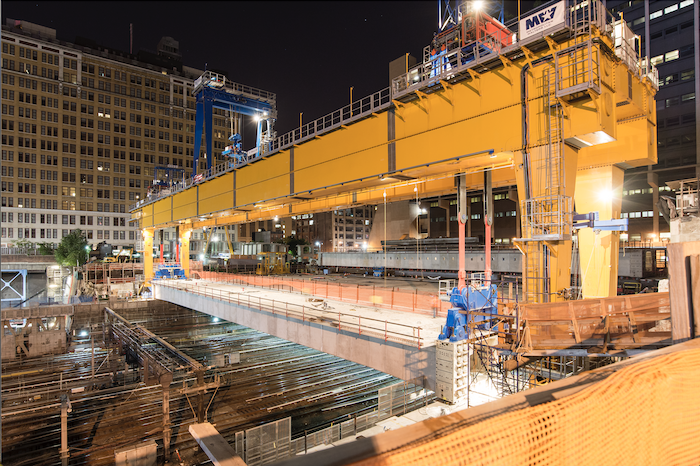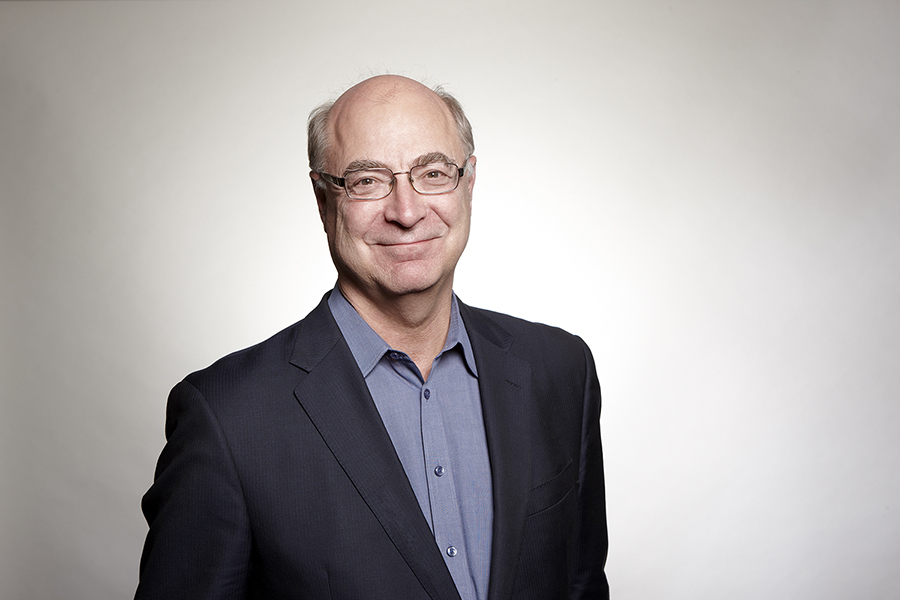
CCE’s Lifetime Achievement Awards: Barry Charnish
February 7, 2024
By
Peter Saunders
Barry Charnish, founding principal of Entuitive in Toronto, has nearly 50 years’ experience in the architecture, engineering and construction (AEC) industry. A structural engineer, he has designed many institutional, commercial and residential buildings and sports facilities across Canada and beyond.
“I was brought up in Hamilton, a.k.a. Steeltown, where manufacturing was all about building,” he says. “My father’s passion was building with wood, from framing our house to designing furniture. Education was the cornerstone of our family, so a profession was encouraged. I originally thought of being an architect, but couldn’t draw very well at the time. Instead, with the encouragement of my professors at the University of Toronto (U of T), structural engineering became my passion.”
After graduating from with a bachelor’s degree of applied science in 1974, Charnish began his career at Yolles, working under the direction of engineers Morden Yolles (who only recently passed away) and Roly Bergmann.
“When I graduated, I was quite fortunate that there were many job offers on the table,” he recalls. “I ended up choosing Yolles, the leading firm in the commercial office space at the time. I was keen to work on their signature project, First Canadian Place (FCP), the tallest building in Canada.”
Before Charnish had the chance to work on that skyscraper in Toronto’s financial district, however, his first project was Vancouver’s Harbour Centre, which became iconic for its rotating restaurant and lookout.
He was licensed as a professional engineer in 1976 and promoted to partner at Yolles in 1982.
“After the first 12 years of my career, I’d really only worked on four jobs!” says Charnish. “But they were all large and significant in terms of technical requirements. These types of long-term projects allowed me time to conceptualize and collaborate with my teams. Sitting down with sketch paper has always relaxed me, allowing me to think through multiple solutions.”
Another notable project was Toronto’s Bay Adelaide Centre, which he worked on for more than 30 years. Construction of its original tower started in 1987, but was halted by a real estate market crash in 1990.
Charnish shifted his focus and did eight building projects in China before the North American market rebounded in 1998 and ’99. And eventually, the Bay Adelaide site was reimagined in the mid-2000s as a three-tower development, incorporating his suggestion of composite truss framing to help make steel competitive with concrete.
“I enjoy exploring different ideas to ensure they make economical and functional sense,” says Charnish. “The first solution is seldom the last solution.”

Soon after Charnish co-founded Entuitive in 2011, the firm was approached to work on the Manhattan West Platform in New York, N.Y. Photo courtesy Entuitive.
Following the sale of Yolles to Halcrow (now Jacobs) in 2004, he became senior principal, which proved frustrating, as he became involved in administration rather than design. He resigned and recruited to former Yolles executives to co-found Entuitive in 2011.
One of their first projects, as it happened, was Bay Adelaide’s East Tower, continuing Charnish’s involvement on the site that had started at Yolles.
“Now we’re completing the north tower,” he says. “I like both large and small projects if their design challenges are unique.”
Entuitive has grown to employ more than 300 staff across six offices in two countries. Among its projects, Charnish and his team recently completed the challenging, speed-focused renovation of Toronto’s Rogers Centre. And in 2022, Entuitive’s work on the Buddy Holly Hall of Performing Arts and Sciences in Lubbock, Texas, won an Award of Excellence and an Ambassador Award at the Canadian Consulting Engineering Awards.
“Entuitive has seen phenomenal growth,” says Charnish. “We have expanded from structure to building envelopes, fire engineering, transportation, construction engineering and the addition of our sustainable performance group.”
Today, his focus has turned to mixed-use projects and transit-oriented developments (TODs).
“You’ll see many more of these in the future,” he says. “There’s a need, so let’s go!”
This article originally appeared in the January/February 2024 issue of Canadian Consulting Engineer.
